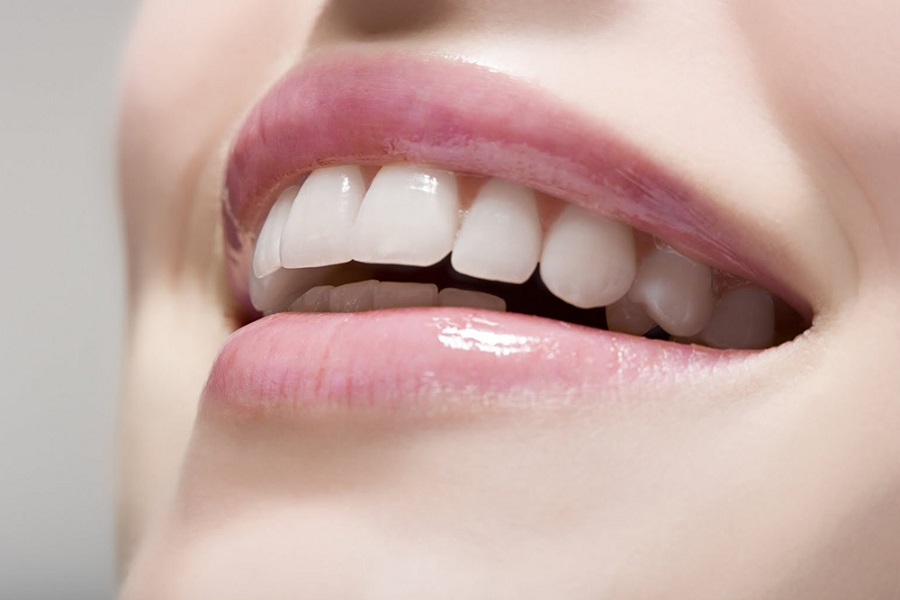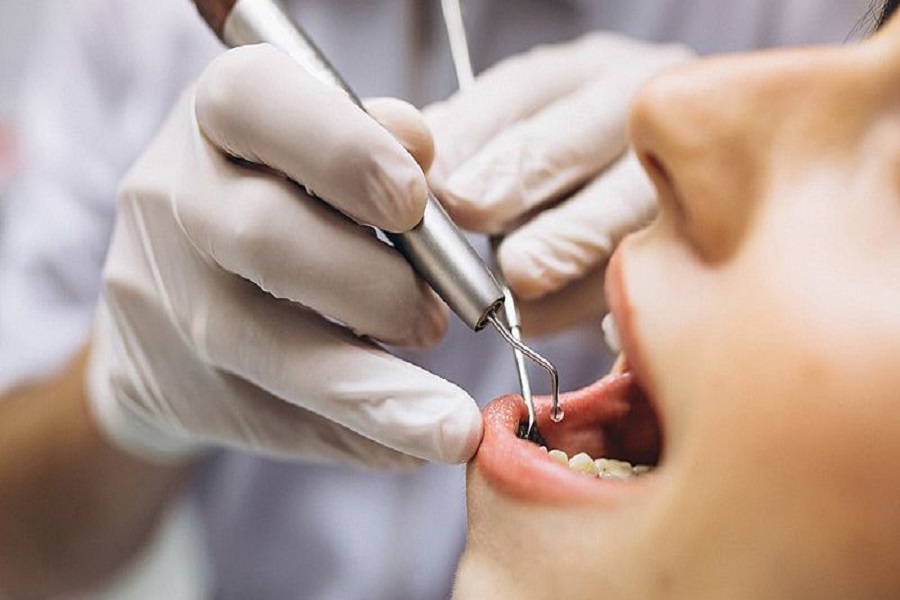There are two major categories of toothache. Primary toothache refers to the direct cause of the teeth and gums themselves. It is divided into: toothache caused by tooth decay, commonly known as pulpitis or periapical periodontitis. The performance of this kind of toothache is especially sensitive to the stimulation of sugar, dairy foods, cold, heat and other substances. Generally, it is more painful at night than during the day, and it is more painful when lying down than sitting.
1. Toothache caused by periodontitis: patients with periodontitis do not necessarily have toothache, but it is caused when the gums shrink. Therefore, most of the patients are middle-aged and elderly people, and the range of tooth pain is not the same. People only have a pain in one tooth or two or three adjacent teeth. Some people have upper and lower gums, and a wide range of teeth will hurt. In addition, this toothache does not appear red and swollen gums.
2. Red and swollen toothache: The main manifestation is the gums of the upper and lower posterior molars, and the onset is acute. The gums are seriously swollen. The main pain point is the gums. It will be very painful if you move it a little bit. Even opening your mouth will feel pain, which is very uncomfortable. Severe cases may also experience a sore throat, swollen lymph glands, fever or constipation.
3. Nervous toothache: commonly known as “virtual fire toothache”. This kind of toothache is not directly related to the gums and teeth. Most of the other reasons in the body trigger the root pain caused by the hyperactivity of the tooth nerve. Such as staying up late or other facial features and headaches, etc., may cause this kind of toothache, so it is also classified as a concurrent toothache. This kind of toothache usually occurs in adults or middle-aged and elderly people. It is a kind of nerve radiation pain. At this time, the teeth are obviously loosened. This kind of pain generally does not last for too long, about 2 to 3 days. After that, it will gradually disappear.




























